How to Henna Your Hair
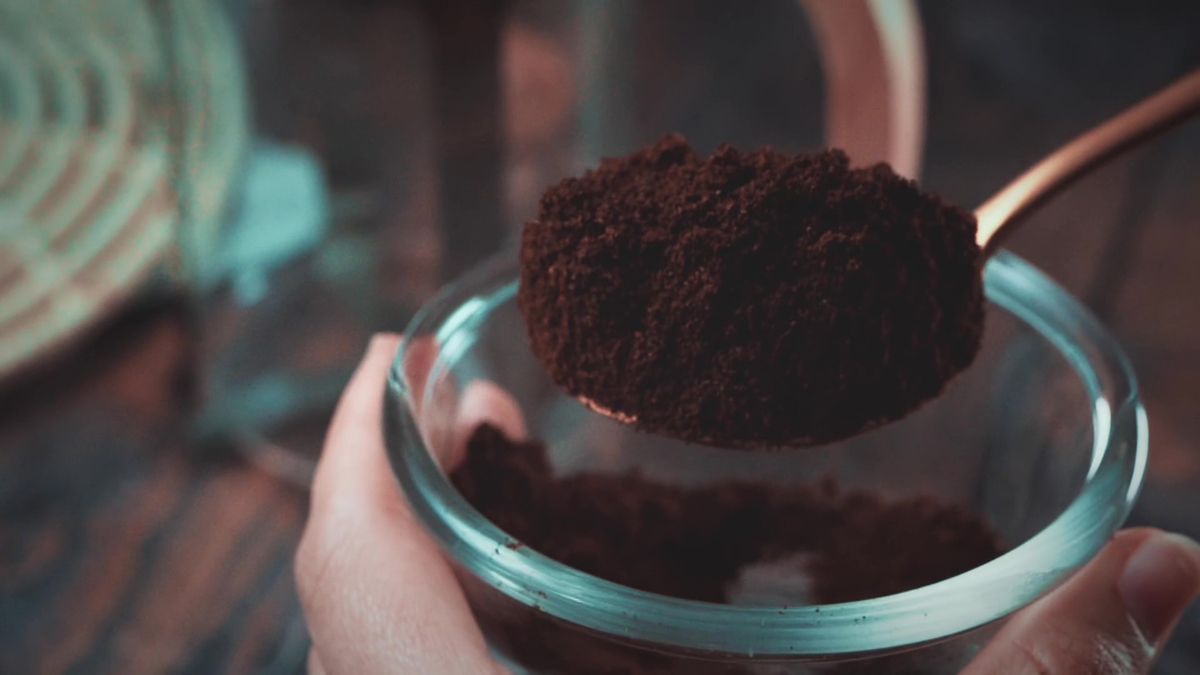
Although we use henna as a hair color, it has wonderful side benefits. It thickens hair, and leaves it silky and strong. But you have to buy pure henna (or henna mixed with plant extracts that is clearly labeled). And you must do a strand test first.
A strand test will tell you two critical things:
1) whether you will like the final color.
2) how long to leave the henna on to get that color.
Because henna is often left on the hair for an hour or more, it would be wise to set aside a large chunk of time. Between the preparation of the henna, the strand test, the application, and the leave-in time, you might want to x out an afternoon for the project.
Who Can Use Henna
The best heads for henna are brunettes and dark blonds. Hair that is naturally very dark will look smashing with red henna highlights.
Got gray? Contrary to popular opinion, you can get good results with henna. To go brunette, choose a henna that’s been mixed with brown taken from safe plant powders like walnut, clove, and even a little Indigo. (But use common sense – if you’re allergic to walnuts or sensitive to clove, don’t use these products.) If you’d rather turn your gray hair blond, find henna that’s been mixed with rhubarb root or other natural ingredients.
Henna Color Choices
The reds are the most used, have the least amount of additives, and – if they are pure, (read the label, research the Internet, join a henna forum) are completely safe. The browns and blonds are fun, too.
Henna does not lighten hair. It won’t lift the color, like commercial dyes can do. So you must get a shade that somewhat matches your own, or is darker. Brunettes can easily go red. Blonds can go brunette or red. But there’s no way a brunette can go blond.
A Few Words of Caution
Do not use henna over commercially colored hair. It’s safest to wait at least two months after a commercial dye job, before using henna. Some women have had no problems waiting only one month, but again, that’s what the strand test is for.
About a week or so before you’re planning to henna, use a clarifying shampoo. That will help strip out the old color.
Be sure you’re buying a brand of henna that does not contain metallic salts. These are extremely unhealthy. They may be labeled on the box as compound henna dye, or they may not be listed at all.
How can you tell if your henna contains metallic salts if they’re not listed in the ingredients? If your strand test leaves your hair swatch brittle or dried-out, or if the color “takes” very quickly, that probably means it contains metallic salts. Don’t use it.
Black henna is alright to use as long as it’s made with Indigo. Avoid PPD Black Henna, as it contains Para-Phenylenediamine – a dye – which is extremely harmful.
What to Buy
The safest henna is body-art quality henna. But there are also many well-known, well-used, safe and ethically labeled packaged hair hennas. Just use common sense: If there are ingredients listed that you are unfamiliar with, write them down, go home, and run them through your search engine.
Henna does not have a long shelf life. Don’t buy it and then keep it around forever. It will lose its potency. You can seal it and freeze it, though, and it will last at least a year.
Now For The Fun
Many women consider the preparation of henna to be a ritual. The plant-based dye looks like a green powder, and has a peculiar fragrance, kind of like hay. The odor goes away in a day or so.
Assuming you have a box of pure red henna, empty it into a glass or plastic bowl. If you’ve bought it in bulk, use about one cup. Never use metal utensils, bowls, or even hair-clips when mixing and applying.
Now, boil up some water. Pour the boiling water into the henna, a little at a time. Stir. Keep doing this until you get a paste consistency. Add a couple of pre beaten eggs if you want, to keep the consistency sticky. Many women add a half cup of strong coffee to tone down the red a little. If you add coffee, use less boiling water. You don’t want the mixture to end up drippy.
Put a cream or oil around your hairline to keep the henna from coloring your ears and forehead. And don’t forget the gloves (or you’ll also get red hands!).
Apply the paste to clean, dry hair. If it’s your first henna treatment, saturate the hair completely. Then wrap it all up with either a plastic bag or some plastic wrap. On top of all that, you might want to wrap a towel, just so you don’t frighten the children. Some women use a heated towel.
Here’s why you absolutely must have done the strand test: It’s the only way to know how long to leave the henna on your head. It could be anywhere from 20 minutes to two hours or more.
When the timer rings, hit the shower. The whole process is messy, so don’t make neatness an issue or you’ll go nuts. Rinse the henna out – no need to shampoo. Finish with an organic, non animal-tested conditioner. Your color should last for two or three months, except for root growth.
And you’re done. There will be a lot of clean up involved, but you’ll have awesome, silky, strong, healthy red hair. (Or whatever color you choose.)
Once you start using henna, you might find you love it so much you’ll never go back to anything else.
The Author:
Suzann Kale’s current specialty is cosmetics without cruelty – that is, using makeup products that have not been tested on animals. She’s using her website, My Makeup Mirror, to demonstrate how easy it is to be beautifully made up, coiffed, and dressed, without harming other species.

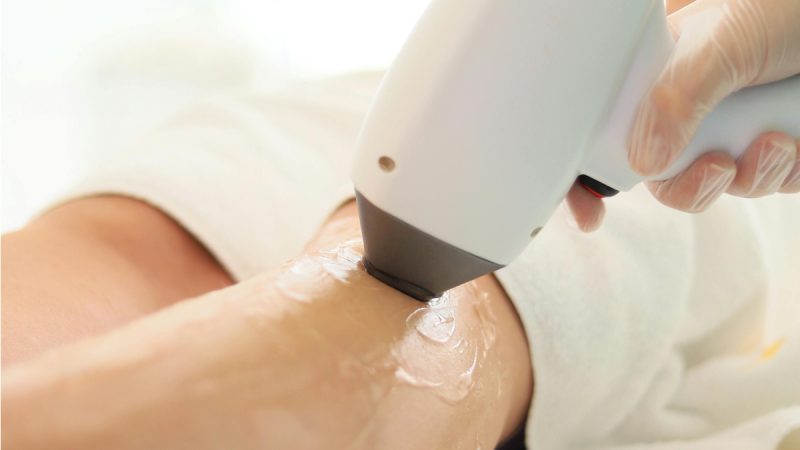

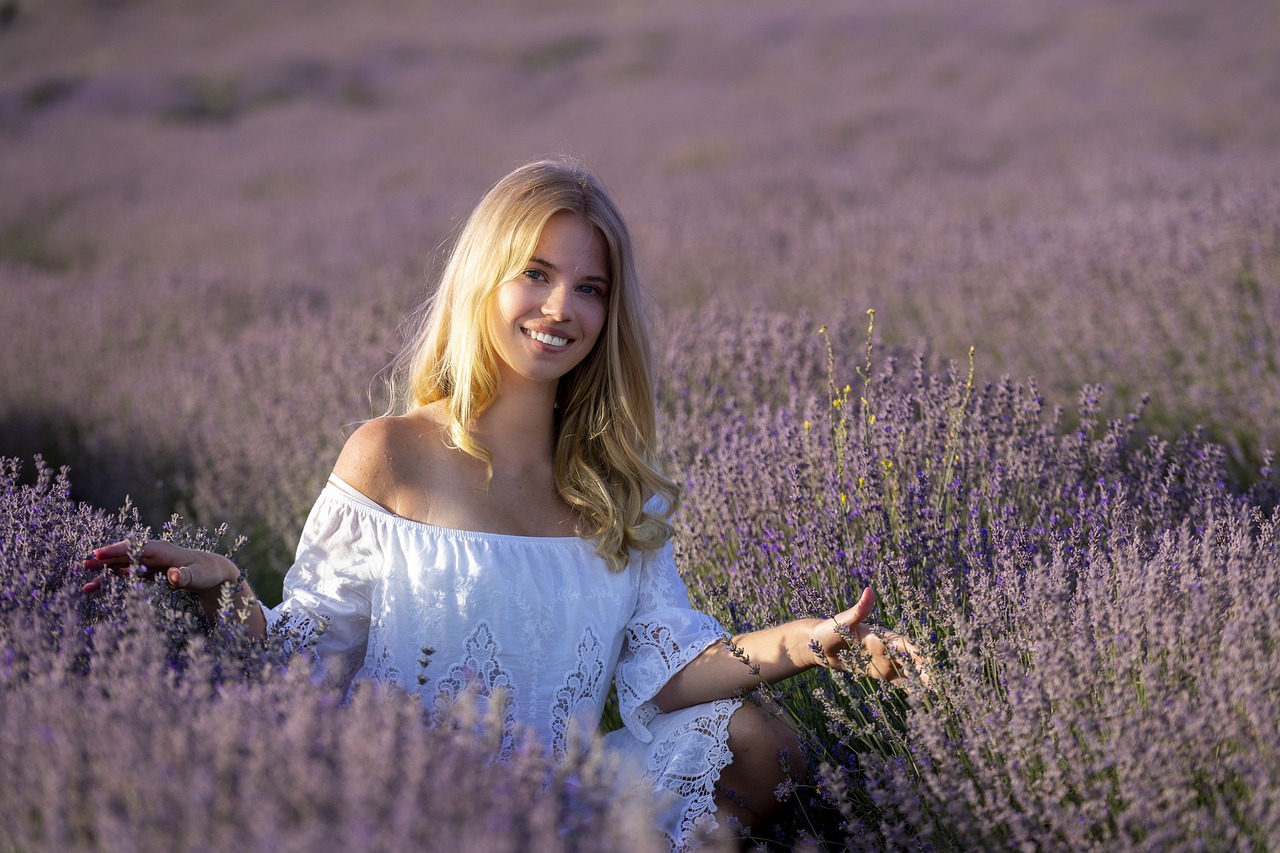
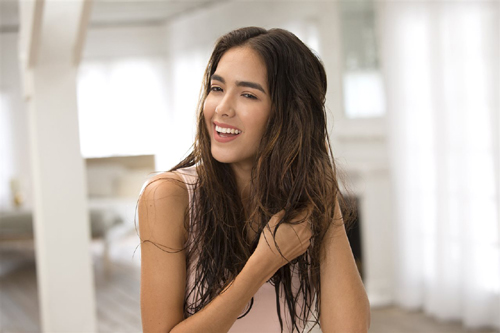
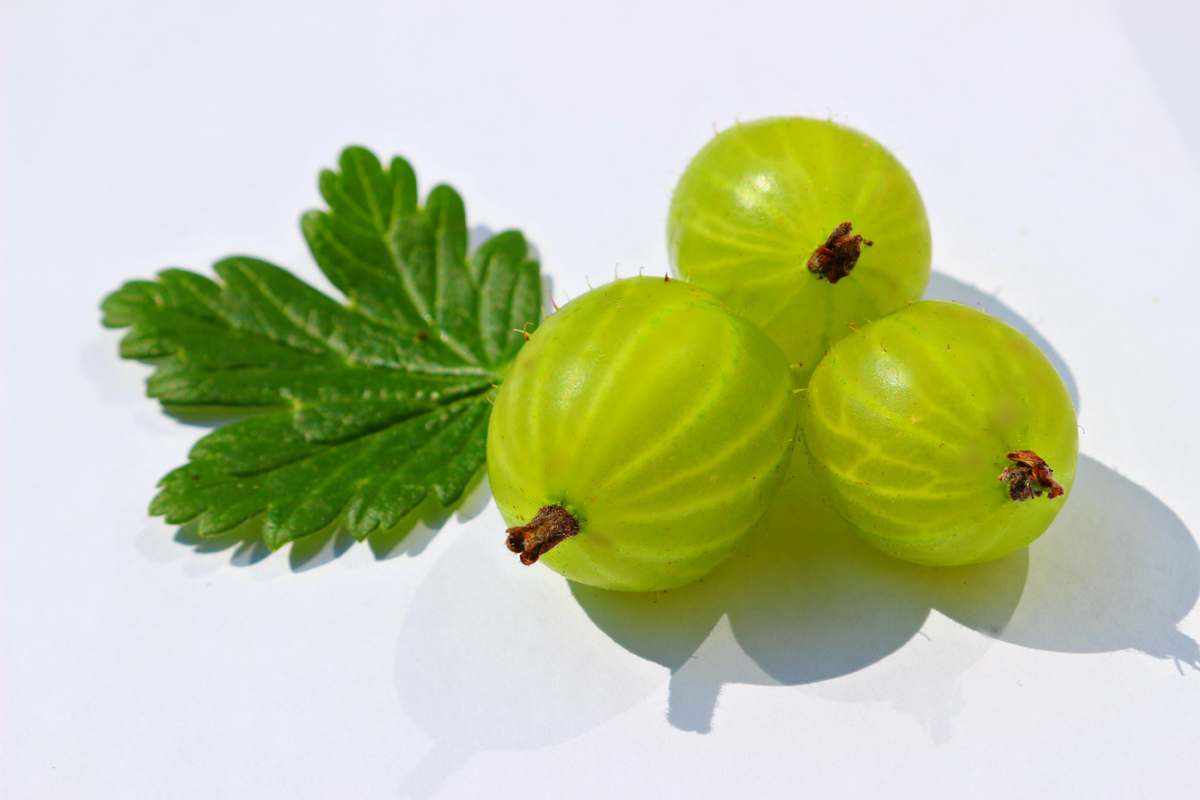
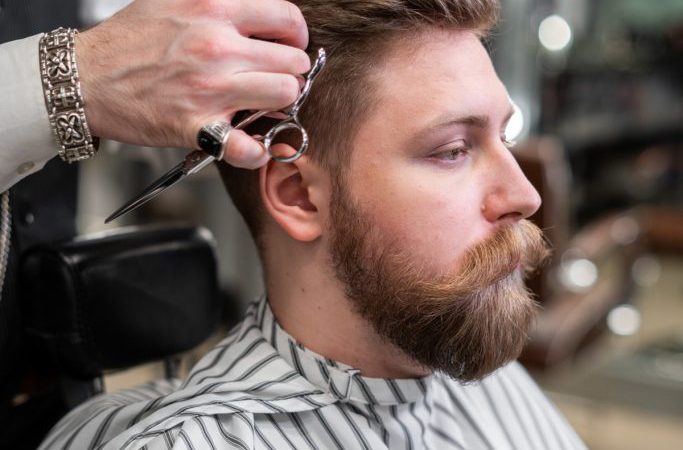
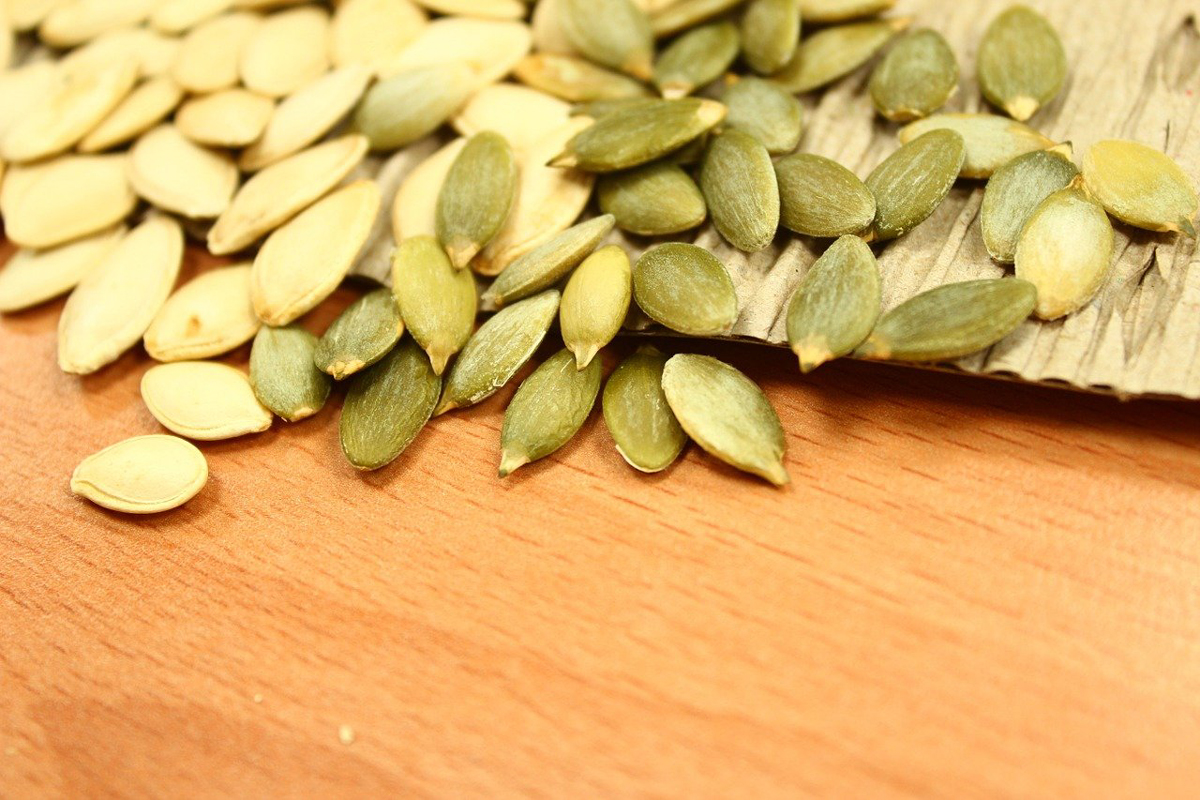

Applying henna to the hair has many benefits to the hair. Not only color, it adds moisture to the hair. It will close the open cuticles of hair and forms a thin layer on your hair strand. henna makes your hair look voluminous,cleanses the scalp n keeps it clean and it will reduce hair fall.
That’s great to know! It’s amazing how henna not only adds color but also provides additional benefits for the hair. The fact that it helps close the hair cuticles and adds moisture is definitely a plus. Plus, reducing hair fall is always a bonus!
I have been hennaing my hair for 2 years now- my hair has grown 6 inches ! Feels thick, strong and healthy. It’s a long process but so very worth it!
Wow, six inches of hair growth in just two years is impressive! It’s wonderful to hear that henna has made your hair feel thick, strong, and healthy. It may be a lengthy process, but the results seem to be worth it. Keep enjoying the benefits of henna!
I have extremely oily scalp and hair and I have been using henna for the past 2 years. I dont use it will egg or oil, although using it with egg conditions your hair perfectly. Henna gives a beautiful brownish red color and makes the hair look voluminous as it dries up the hair a bit. For dry hair, its necessary to do hot oil therapy before henna. It helps in new hair growth and also reduces dandruff(mix lemon juice for that).
It’s interesting to hear that even with an oily scalp and hair, henna has been a beneficial choice for you. The beautiful brownish red color and volumizing effect it provides sounds fantastic. Adding hot oil therapy before henna for dry hair and using lemon juice to reduce dandruff are great tips too. Thanks for sharing your experience!
Oils and henna don’t mix. Hair should be washed thoroughly before the application and no conditioner to be used. Should be applied onto damp hair. I mix my powdered henna with sugar and pour onto the powder very little hot water, just to moistened it. The least water u use, the least runny your paste will be. Then I add loads of cheap, low quality honey to make it like a glue. It sticks onto hair and dyes it effectively, and it washes off easily with lukewarm water and cheap conditioner. I dye my hair black, so I add balsamic vinegar to activate the henna. People who want brown henna should add coffee, and lemon should be added for blondish henna. Red wine vinegar or apple cider vinegar are good for straight, red henna. Keep your henna paste hot while applying it by microwaving it. Two hours of sugary – henna mask in plastic wrap is enough for the colour to work. I do not add any type of oil, because it slows down the dying of hair. Honey helps to keep hair moisturized during the process, if u want to use oils, apply after the henna dying process to seal up the colour, not in conjuction or before.
Thank you for sharing your detailed henna process! It’s helpful to know that oils should be avoided during the application process. Your method using sugar, hot water, honey, and additional ingredients like balsamic vinegar for black henna is intriguing. The tips you provided for different color variations are also informative. It’s good to know that oils can be applied after the henna process to seal in the color.
In reply to LNE78poi.
A great deal of misinformation on so many websites on what to add to henna before applying, but the author here is spot on regarding a strand test. Although, a strand test is a good indicator (wait 3 – 4 days to observe effects on strand), the final result really shows once all the hair has been hennaed.
Sugar, honey, or even molasses, is a dextrose.or fructose and through a chemical reaction, does change henna from being gritty or cracked (whether on body art or hair) into a creamier consistency for easier application.
Egg yolk or the whole egg tends to add shine to the hair.
Some people confuse additives with applying henna to hair, based on additives applied to henna for use in body art.
Part of being misinformed may also be due to lack of real, thorough research on chemical properties of each additive in henna, and not culling information from reputable sites, i.e., googling how each additive works chemically with henna on the hair, and hair in general, not body art.
Not only are oils–called “terps” as an abbreviated form in applying henna as body art–not to be added to henna for hair, but lemon juice or ACV is unneeded, as well, as the lawsone molecules tend to release dye already based on the plant’s natural acidity or astringency and exposure to heat.
Lemon juice and ACV can also be harsh on some people’s hair, especially if hair is not of an oily texture, and only benefits those with lighter hair to give golden or light copper tones.
Coffee or teas may also affect some people (headaches), as caffeine penetrates the scalp or other areas of the body, so while they may be great enhancers for deeper color, it may not be for everyone. Simply leave the henna on for a longer period for a deeper color.
Incidentally, henna is best applied to hair after mixing with room temp or warm water (boiling water tends to fade color and may not result in a deeper color), for the dye release, not sitting covered in a bowl overnight. Although, some people may not want to keep it on the hair for 8 – 24 hours due to smell, or time frame. The dye release also depends upon the crop of the henna, as does many other variables.
Lastly, some people believe henna actually dries hair, and while the henna plant varies widely from region to region where it is grown, the temporary roughness some people describe may be the quality of henna purchased, the astringency of henna leaves, itself, and the fact that henna binds to the hair’s keratin.
Thank you for your insightful comments! It’s true that there is a lot of misinformation out there about henna application, and it’s refreshing to see the author address that. Conducting a strand test is indeed crucial to determine the final result.
Adding sugar, honey, or molasses to henna for a creamier consistency is a great tip. It’s important to understand the chemical reactions and how these additives can affect the texture of the henna when applied to the hair.
You make a valid point about the confusion between additives used in body art henna and hair henna. Thorough research is necessary to understand the chemical properties and effects of each additive on hair specifically, rather than relying on generalized information.
It’s good to know that oils, lemon juice, and apple cider vinegar are not needed for henna application and can even be harsh on certain hair types. Understanding that the natural acidity and astringency of henna itself, along with heat exposure, is sufficient for dye release is important.
The mention of coffee or teas possibly causing headaches due to caffeine penetration is an interesting point. It’s essential for individuals to be aware of their personal sensitivities and adjust the henna application accordingly.
The clarification about the best method of mixing henna with room temperature or warm water, and not leaving it overnight, is helpful. This provides clarity for those who may want a quicker process or are concerned about the smell.
Lastly, the explanation about henna possibly drying the hair is enlightening. It’s important to consider the quality of henna and its inherent astringency, as well as the fact that henna binds to the hair’s keratin. This understanding can help manage expectations regarding the temporary roughness some individuals may experience.
Overall, your comments shed light on various aspects of henna application and clarify common misconceptions. Thank you for sharing your knowledge and contributing to the discussion!
I was born in India and spent a large part of my life toying with natural ingredients for healthy hair. Some years back I had switched to chemical colours and things were ok, except that as I got more grey, the frequency of colouring to hide those pesky grey roots may have taken in toll on my otherwise straight silky hair ; with hair fall that scared me ! I have now switched back to henna ( and indigo mix) to color my hair. I hope what I am reading about the goodness of henna , results in an end to my hair falling issue !
I’m glad to hear that you’ve switched back to henna for coloring your hair! Henna is known for its natural properties and can be a healthier alternative compared to chemical colors. It’s great that you’re exploring natural ingredients for healthier hair. Hopefully, henna will help with your hair fall issue and give you the desired results you’re looking for. Good luck!